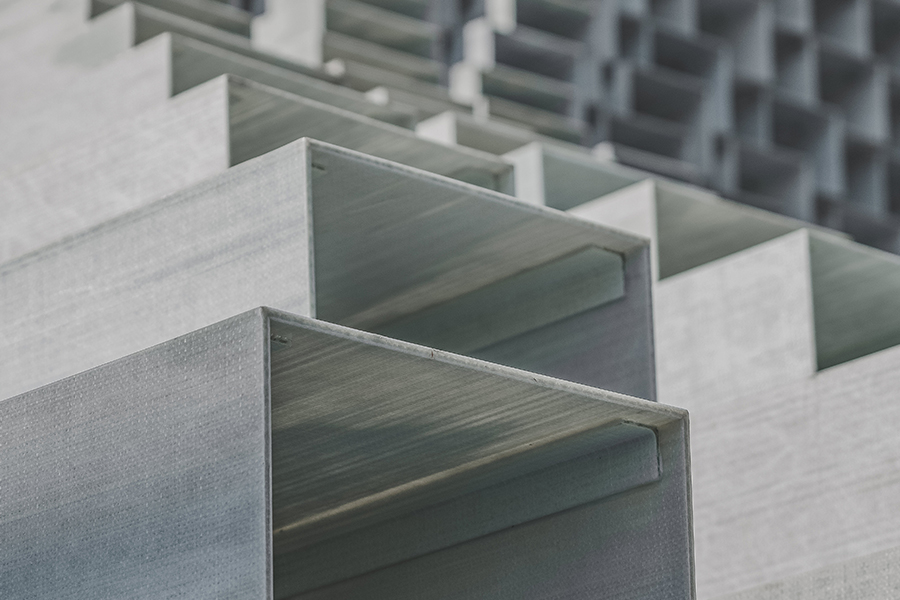Design & Developed by Themeseye

Sheet metal design is vital for creating a quality custom metal product. A designer needs to consider specific metal characteristics to ensure the product is affordable and feasible for custom metal work.
It’s essential to consider the product’s purpose and what materials will work best. One needs to make sure the design is sound before hitting mass production.
Here are the significant factors to consider for strengthening sheet metal design:
When designing a sheet metal product, it is essential to consider how much force the product can endure. The modulus of rupture measures the amount of pressure that can break the material.
The thicker the metal sheet, the more force it can withstand. If the product shows tremendous pressure, it needs a thicker metal sheet to ensure that it doesn’t break.
Another critical consideration for sheet metal design is the minimum bending radius. This is the minimum radius the metal can bend without breaking. If the metal is subject to cracking or breaking, one will need to use a larger radius.
The minimum bending radius can also depend on the metal in use. Some metals, such as aluminum, have a lower minimum bending radius than others. These metals can bend more tightly without breaking.
Holes should have a diameter equal to or greater than the thickness of the custom sheet metal. This will allow for proper clearance and avoid any potential issues with the hole size during the fabrication process. Accurate punching will ensure that the parts fit together correctly and function as intended.
The flange is the part of the metal that protrudes out from the rest of the part. If the flange is too narrow, it may not be strong enough to support the product’s weight. On the other hand, attaching the sheet metal is difficult if the flange is too wide.
It is crucial to balance these two extremes for sturdy and robust custom metal work.
It is vital to use the proper technique to avoid potential problems when welding the sheet metal. If the weld is not strong enough, the sheet metal may break.
In addition, it is essential to make sure that the weld does not have any sharp voids. These can cause the sheet metal to tear or fray over time.
Also, avoid welding close to the edge of the metal. Welding at the edge can cause the metal to warp. It may also make attaching the sheet metal to the rest of the product more difficult.
These factors will help the fabricator create a solid and durable product. The fabricator can ensure that the product will withstand the rigors of use.
In addition, by selecting the appropriate machining method, the designer can minimize tool wear and tear and improve surface finish. Metal machining services play a key role in creating products that meet the highest quality and durability standards. To know more about custom sheet metal fabrication, contact Promark Tool and Manufacturing today.